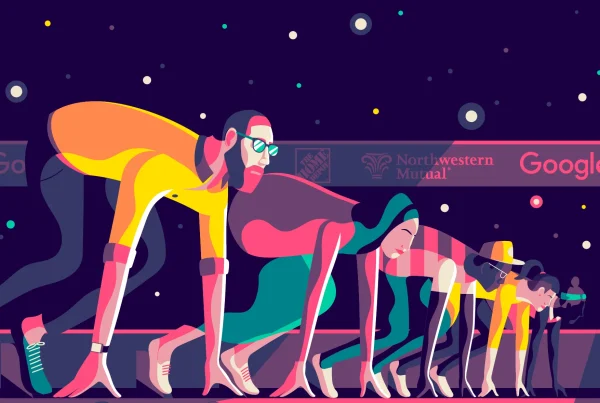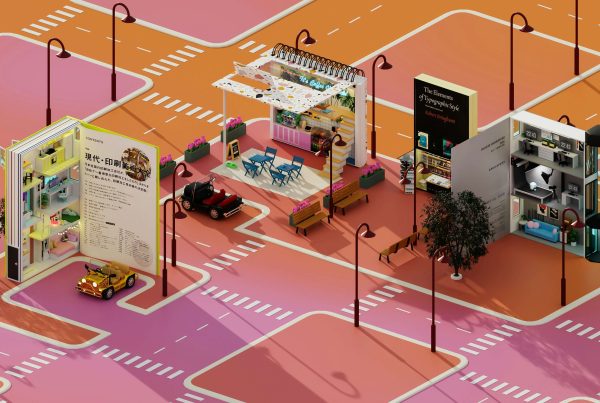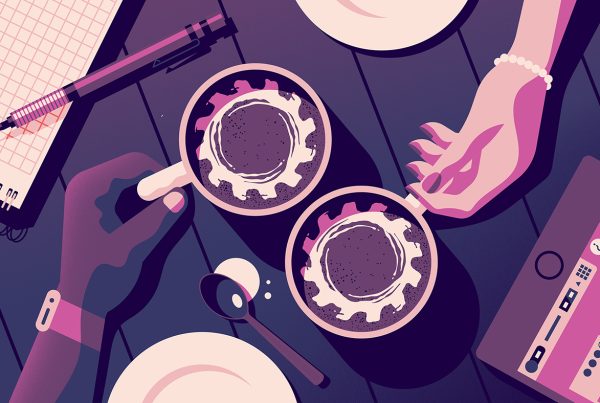As a UI/UX designer, I have come to understand the power of storytelling in the design process. As a society, we have always been drawn to stories. From ancient oral traditions to modern forms of media, stories have the ability to captivate, inspire, and inform us. It’s no surprise, then, that storytelling has also become an integral part of the world of user interface and user experience design.
In the realm of technology, the user interface (UI) is the visual interface that people use to interact with a product, while the user experience (UX) refers to the overall experience a person has while using a product. By using storytelling in the design process, designers can create a more engaging and meaningful experience for users.
One of the key ways that storytelling is used in UI/UX design is through the creation of a product’s narrative through the use of visual elements, such as graphics and images, as well as through the use of copy and language. Another way that storytelling is employed in UI/UX design is through the use of microcopy (the small bits of text that are used throughout a product, such as error messages and tooltips). Additionally, storytelling can be used to create emotional resonance with the user. By evoking emotions such as happiness, sadness, or excitement, designers can create a deeper connection with the user and make the experience more memorable.
How to use storytelling in your UI/UX designs
Use first-person language
Use language that speaks directly to the user, such as “I” and “my” instead of “you” and “your”. This can help to create a sense of connection and personalization for the user.
Tell a story through the user’s perspective
Use the design to take the user on a journey through the product or service, from their perspective. This can help to create a more engaging and immersive experience.
Use images and graphics to illustrate the story
Use images and graphics to help illustrate the story you are telling through the design. This can help to bring the story to life and make it more engaging for the user. By crafting a cohesive and compelling story, you can help users understand the purpose and value of the product, and engage them more fully in the experience.
Use transitions and animations
Use transitions and animations to help guide the user through the story and make the experience more interactive. This can help to keep the user engaged and make the story feel more dynamic.
**
In an increasingly digital world, the role of storytelling in UI/UX design is more important than ever. By using storytelling techniques, designers can create products that are not only functional, but also engaging and meaningful for users. It’s time for the tech industry to embrace the power of storytelling and use it to create truly exceptional user experiences.
The Power of Storytelling in E-Commerce: Designing Narratives that Sell
Image credit: Apple

















